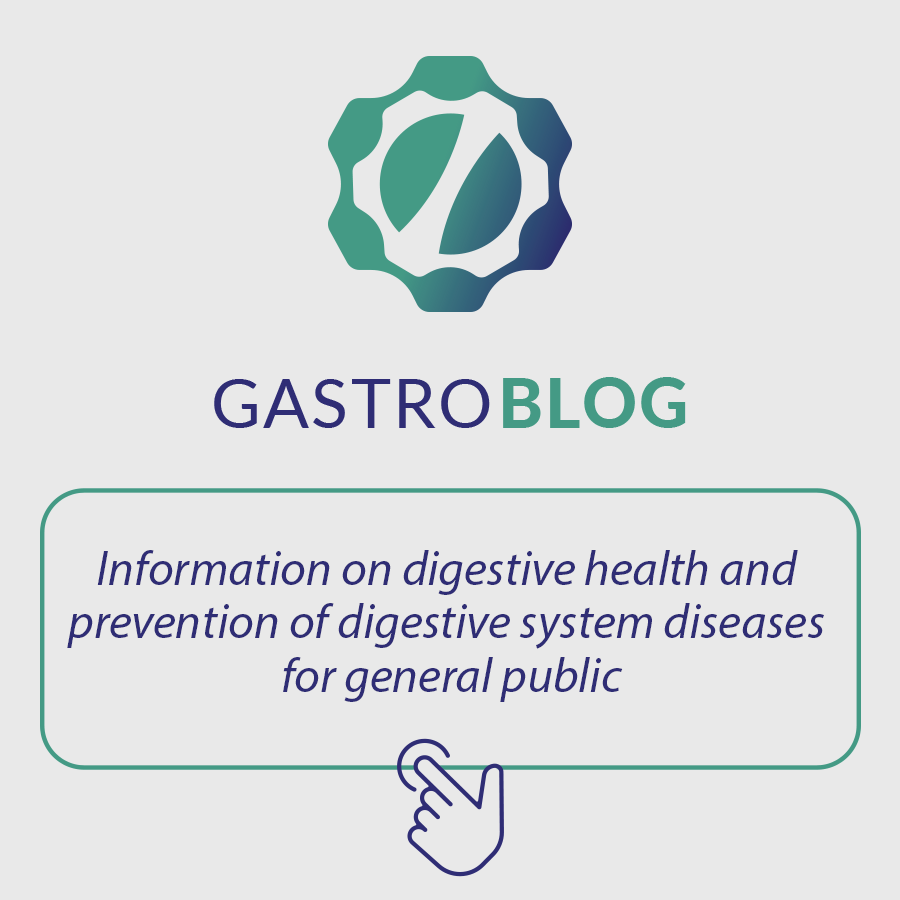When we come across an ultrasound (USG) describing a focal liver lesion, we should organize the reasoning of when and how to investigate the described lesion: is it a focal cystic lesion, with regular walls, anechoic content and without signs of complexity (septa, calcifications, irregular margins)?
If yes and the exam is done by an experienced radiologist, no further investigation is necessary. However, if there is a complex cystic focal lesion or a solid focal lesion, these have an indication for investigation with contrasted imaging exam (computed tomography or upper abdomen magnetic resonance).
Figure 1. Abdominal ultrasound showing a solid, hyperechoic nodule, measuring approximately 1.0 cm, circumscribed, located in the right lobe, hepatic segment VII. Source: personal file.
It is essential to order the exam correctly, that is, to describe in the exam order that it is directed to the investigation of focal liver lesion. This will be fundamental to align the correct protocol on the day of the exam, especially, of abdominal tomography with intravenous contrast (iodine) with triphasic protocol – in addition to the pre-contrast phase, there will be the arterial, portal and balance phases.
The abdominal resonance exam with intravenous contrast (gadolinium) performs the contrasted phases (arterial, portal, balance) usually, in addition to having additional sequences that assist in the evaluation of the focal lesion (T1 pre-contrast sequences; in-phase and out-of-phase for fat evaluation; T2 and diffusion).
It is strongly recommended to mention in the exam order the most significant clinical data of the patient, such as age, symptoms, absence/presence of chronic liver disease and/or liver cirrhosis, use of anabolic steroids or contraceptives and previous or current oncological disease.
Note 1: The presence of liver cirrhosis is the most relevant clinical data and the most significant risk factor for the development of hepatocellular carcinoma (HCC), so that cirrhosis is present in approximately 90% of patients with HCC. Therefore, a hepatic nodule in cirrhotic liver, the main suspicion will be of HCC; already a hepatic nodule in non-cirrhotic liver, there will be a greater chance of benign focal lesion.
Among the benign focal liver lesions, the following stand out: hemangioma, focal nodular hyperplasia and adenoma. Such lesions present different echogenicity patterns to USG, being able to be hyperechoic, isoechoic or hypoechoic and their particularities will be themes of future posts
A differential diagnosis to be remembered is the possibility of area spared from steatosis, when the liver as a whole becomes hyperechoic due to fat deposition and a specific area is spared from this, generating the false impression of hypoechoic nodular focal lesion. There are also cases of focal steatosis, when fat deposition occurs locally, simulating a hyperechoic nodule.
Note 2: Except for simple hepatic cysts, solid hepatic focal lesions deserve dynamic investigation with intravenous contrasted exam for the evaluation of their behavior in the different phases of filling and vascular emptying, even if they are suggestive of benign lesion to abdominal ultrasound.
Most of the time, the identification of benign focal liver lesion will be incidental, in routine exams, without clinical repercussion (symptoms or complications) and without laboratory alterations. After the initial contrasted exam (CT/MRI), selected cases will be candidates for abdominal resonance with hepatospecific contrast (gadoxetic acid – Primovist), biopsy of the hepatic nodule or even referred for surgical approach.
Thus, doctors from different specialties should have the discernment to investigate appropriately the finding of hepatic nodule in routine exam or choose to refer the patient for specialized evaluation with gastro-hepatologist.
Learn more about the evaluation of liver lesions in this other article
Learn more about the evaluation of liver lesions in this other article
How to cite this article
Oti, KST. Hepatic nodule detected by ultrasound: step by step of when and how to investigate. Gastropedia 2022. Available at: https://gastropedia.com.br/gastroenterologia/figado/nodulo-hepatico-detectado-pela-ultrassonografia-passo-a-passo-de-quando-e-como-investigar/
References
- Haring MPD, Cuperus FJC, Duiker EW, de Haas RJ, de Meijer VE. Scoping review of clinical practice guidelines on the management of benign liver tumours. BMJ Open Gastroenterol. 2021 Aug;8(1):e000592. doi: 10.1136/bmjgast-2020-000592. PMID: 34362758; PMCID: PMC8351490.
- Strauss E, Ferreira AdeSP, França AVC, et al. Diagnosis and treatment of benign liver nodules: Brazilian Society of hepatology (SBH) recommendations. Arq Gastroenterol 2015;52:47–54.
- Marrero JA, Ahn J, Rajender Reddy K, Reddy RK, et al. Acg clinical guideline: the diagnosis and management of focal liver lesions. Am J Gastroenterol 2014;109:1328–47.
- European Association for the Study of the Liver (EASL). EASL clinical practice guidelines on the management of benign liver tumours. J Hepatol 2016;65:386–98.
Gastroenterologia Clínica pelo Hospital das Clínicas da FMRP-USP. Hepatologia pelo Hospital das Clínicas da USP HCFMUSP. Doutorado em Ciências em Gastroenterologia HCFMUSP. Aperfeiçoamento de Elastografia Hepática Transitória HCFMUSP. Médica colaboradora do Ambulatório de NASH HCFMUSP. Membro FBG e SBH



